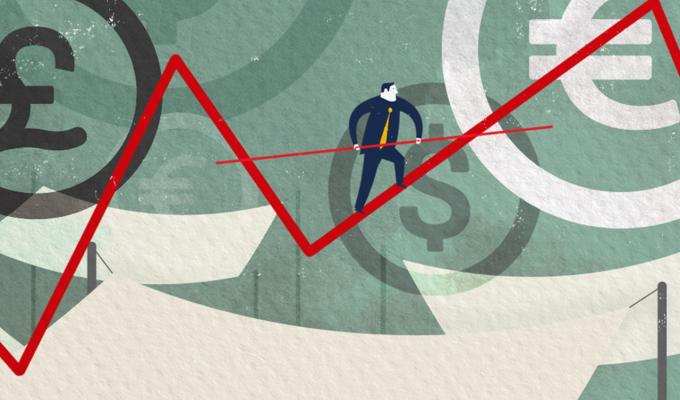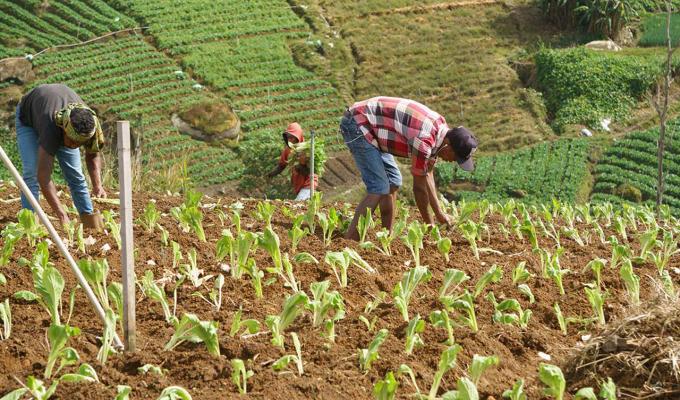The violence caused by drug trafficking is a source of much destabilization in many realms, from the rule of law and human rights to institutional trust and the country’s reputation. However, what effect does it have on economic variables, such as productivity?
To know more about the effects of drug violence on the labor productivity of Mexicans, we decided to analyse the decade between 2003 and 2013, conscious of the fact that the so-called war on drugs meant that there was a watershed for the level and reach of criminality in the country.
Our results confirm that the resulting violence of drug trafficking has harmed work place productivity, however its impact differs depending on if the crimes were prosecuted by the local, state or federal authorities. The decline in productivity is explained by the effects that crime has on the opening of new businesses and on the creation of capital, due to the high levels of uncertainty it provokes.
The high rate of theft and robberies also reduces the probability of companies expanding their operations, with a larger repercussion than the sanctions or bribes. At the same time, local trade is negatively affected by the crime related murders of the cartels.
In our article “Violence in Mexico and its effects on labor productivity”, co-written with Dr. André Varella Mollick, of the University of Texas Rio Grande Valley, we examine the evolution of labor productivity in the 32 Federal Mexican Institutions. On a theoretical basis, an econometric model was designed in which the labor productivity of different states depends on the real wages of workers as well as other factors. When forecasting the model, we use the so-called “Generalized Methods of Moments”, tackling the bi-directional nature of labor productivity and wages, with statistics from the IMSS [Mexican Institute of Social Security].
Moreover, the criminality variables were obtained from the Executive Department of the Public National Security System, at local, state and federal levels. Under the federal jurisdiction drug crimes, firearm crimes and cartel crimes were taken into consideration (64.5% of the total), while at local and state levels vandalism, house robberies, murders, assaults, kidnappings and blackmail (62% of the total) were all accounted for.
The war on drugs: a before and after
Since the start of the war on drugs, declared by Felipe Calderón’s government in December 2005, cartel feuds have incited a wave of violence that has specifically focused on the northern border states (Baja California, Sonora, Chihuahua, Coahuila, Nuevo León and Tamaulipas), where 25% of drug trafficking crime is concentrated. The state of Tamaulipas has the highest rate of drug trafficking crimes, where, between 2007 and 2014 there was a ground zero of an extreme wave of violence, leaving 100,000 victims, either dead or missing.
If we compare the prior period of 2007, under the rule Vicente Fox, with the more recent period, during the governments of Felipe Calderón and Enrique Peña Nieto, all categories of crime have risen. House theft rose by an average of 33%, while drug cartel crimes and kidnappings have shot up to 174% an 150% respectively.
In order to get a real view of the effects of this increase in violence on labor productivity, we introduced the fictitious variable the war on drugs to our research. Surprisingly, the impact on labor productivity was different between that of the crimes prosecuted by local or state authorities, and those prosecuted by federal authorities.
Federal forces vs local and state forces
We found that the effects of criminality differ depending on if the crimes are processed by federal authorities or local and state authorities. The former seems to be more effective when it comes to combating crime.
According to our results, the majority of crimes processed by local or state authorities, especially extortion, murder, kidnapping and vandalism have a clear negative effect on labor productivity and are statistically important. Nevertheless, the effects are much less for crimes processed under the jurisdiction of federal authorities.
One possible explanation has to do with the role that both play on the economic environment when tackling the violence.
Presumably, federal authorities have less cartel corruption, and have therefore been more effective in their fight against crime than their local and state counterparts.
More collateral damage for productivity
An indirect effect of the rise in criminality, but just as negative on labor productivity, is the increase in public security costs, which have continued to grow since 2008, despite the financial crisis.
Faced with an increase in violence, it seems logical that states are investing more in security. These efforts, while being useful in the fight against crime, are not immediate, and it can take years before they become an effective control against criminality and consequently benefit in higher productivity.
The immediate effect, however, is negative for productivity. Other writers have found that a reduced anti-terrorism budget has resulted in a larger economic increase.




